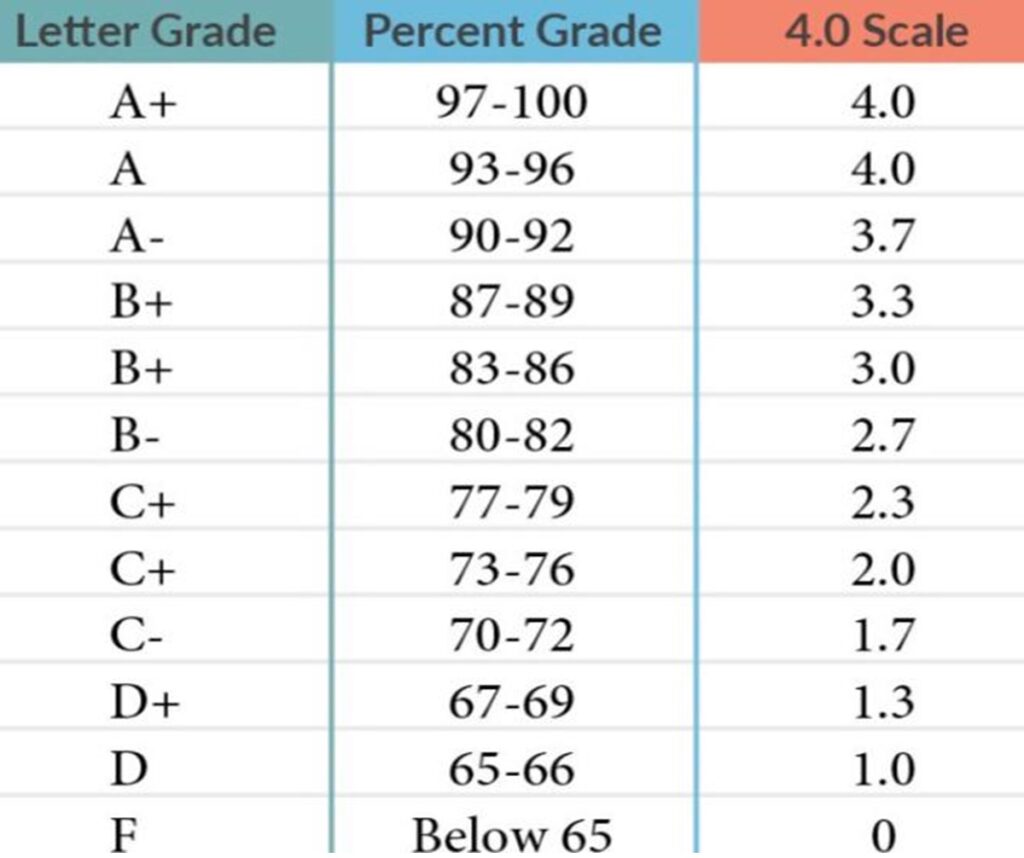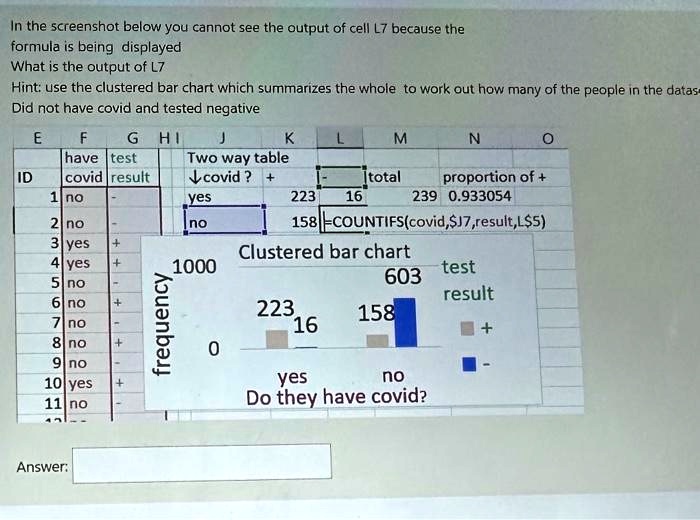What Is 7 Out Of 10 As A Grade

The seemingly simple question of what 7 out of 10 translates to as a grade sparks ongoing debate across educational systems and professional evaluations. This numerical value, often encountered in tests, assignments, and performance reviews, doesn't have a universally accepted equivalent in letter grades or percentage scales. The interpretation varies significantly depending on the context, institution, and grading philosophy.
At its core, understanding 7 out of 10 involves delving into the complexities of assessment methodologies and the subjective nature of assigning value to performance. This article explores the different interpretations of a 7/10 score, examining its potential equivalents in percentage terms and letter grades. It also analyzes the factors that influence its meaning, considering diverse perspectives from educators, employers, and assessment experts.
Understanding the Percentage Equivalent
The most straightforward interpretation of 7 out of 10 is its direct conversion to a percentage. Mathematically, 7/10 equals 70%. Whether that translates into an acceptable grade or not depends on the grading system being used.
However, the simplicity of this calculation often belies the nuances of grading practices. In many educational institutions, a 70% may be considered a passing grade. But it certainly doesn't place a student in the top tier.
Letter Grade Equivalents: A Source of Discrepancy
The translation of 7/10 into a letter grade is where the interpretation becomes significantly more variable. There isn't a standardized global conversion system.
In some systems, a 70% might correspond to a C grade. This indicates competent, but not exceptional, performance. Conversely, other grading scales may place a 70% at the lower end of a B range.
Common Grading Scales and 7/10
Let's examine how 7/10 might be interpreted within common grading systems:
Traditional A-F Grading: In a standard A-F scale, a 70% is commonly associated with a C or C+ grade. It suggests the student has met the basic requirements but hasn't demonstrated a deep understanding or exceptional skill.
Percentage-Based Systems: Some institutions rely heavily on percentage scores, potentially assigning letter grades based on predetermined ranges. In these systems, a 70% would simply remain as such, and its significance would depend on the overall distribution of scores.
Rubric-Based Assessments: Rubrics provide detailed criteria for evaluating performance. A 7/10 in this context would indicate that the individual met most, but not all, of the defined expectations. The specific feedback within the rubric would offer a more precise understanding of strengths and weaknesses.
Context Matters: Beyond Numerical Value
It's critical to remember that the meaning of 7 out of 10 extends beyond the numerical value. The context in which it's assigned significantly influences its interpretation.
The difficulty level of the assessment is a crucial factor. A 7/10 on a very challenging exam might be a commendable achievement. Whereas the same score on a relatively easy assignment might suggest a lack of effort.
The curve applied (if any) to the grades in a course is another important aspect. In a class where the average score is low, a 70% might place the student above average. This is relative to their peers.
Professional Evaluations: A Similar Dilemma
The ambiguity surrounding 7 out of 10 isn't confined to academic settings. Performance reviews in professional environments often employ similar numerical scales.
A rating of 7 out of 10 might indicate that an employee is meeting expectations but not exceeding them. It could also be interpreted as "good" or "satisfactory," but likely not "excellent" or "outstanding." Performance expectations should be made explicitly clear during the evaluation.
Perspectives on Interpretation
Different stakeholders may have varying perspectives on the significance of a 7/10 score.
Educators: Many educators emphasize the importance of providing detailed feedback alongside numerical grades. The goal is to guide student learning and improvement. Effective feedback is crucial for interpreting the numerical grade.
Employers: Employers often look for evidence of consistent high performance. A single score of 7/10 may not be as telling as a pattern of strong achievements. This would indicate future success.
Students/Employees: Individuals receiving a 7/10 score should seek clarification and feedback to understand its implications. Understanding the criteria for success is very important. This will identify areas for growth.
The Future of Assessment
As educational and professional landscapes evolve, the methods of assessment are also undergoing change. There's a growing emphasis on more holistic and qualitative evaluations.
Rubrics, portfolios, and competency-based assessments are gaining traction. They provide a richer understanding of skills and abilities compared to simple numerical scores.
The future may see a move away from overly simplistic grading systems. This allows for a more nuanced and meaningful evaluation of performance.
Ultimately, the meaning of 7 out of 10 remains context-dependent. Its interpretation requires careful consideration of the specific assessment criteria, grading system, and the individual's overall performance trajectory. While a seemingly simple number, it encapsulates the complexities and inherent subjectivity within evaluation processes.


















